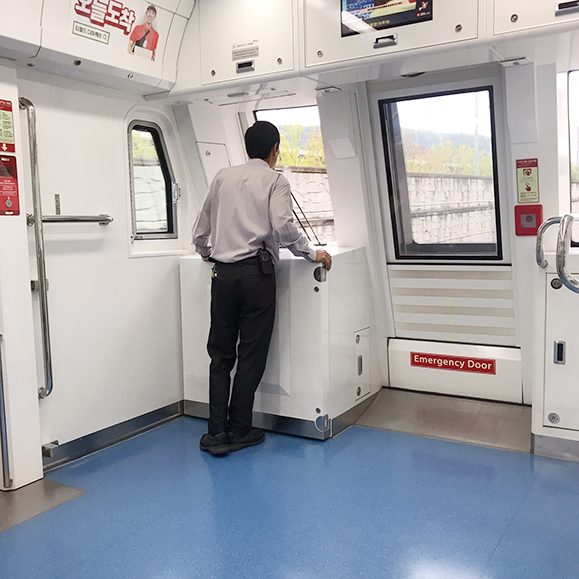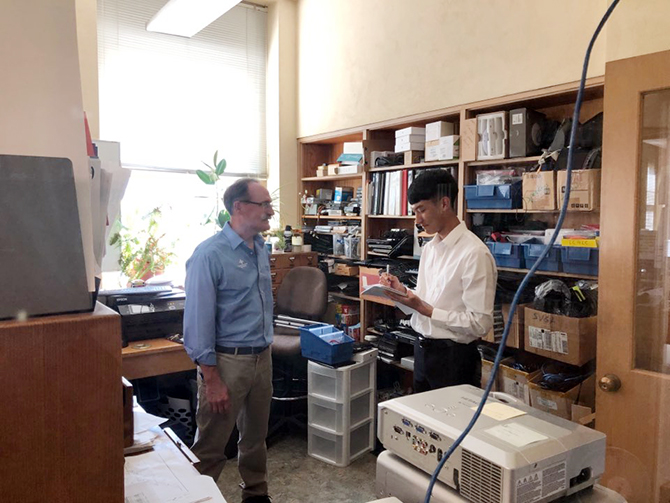As summers become hotter and winters become colder due to climate change, people’s reliance on electronics that consume a lot of energy, such as air conditioners and heaters, is increasing. This phenomenon causes the full pollution-to-climate-change cycle to repeat itself.
Scientists and policymakers alike acknowledge that the only solution to reversing climate change is to either cut back on global energy consumption or come up with a technological breakthrough that will ensure a reliable supply of cheap renewable energy. Recently, they have turned their attention to the merger of IoT (internet of things) and Transit-Oriented Development (TOD). IoT technology enables data transferring between objects without requiring human-to-human or human-to-computer interaction. According to the Transit Oriented Development Institute, TOD is the “creation of compact, walkable, pedestrian-oriented, mixed-use communities centered on high quality train systems.” Fusing IoT technology with TOD is not only helpful in increasing the efficiency of public transportation systems, but also beneficial to the environment. It allows public transportation systems to run efficiently using algorithms to run on minimum labor power and energy loss.

In an interview with Dan Hopmann, who is currently a technician at Saint Paul Lutheran High School and previously worked in the engineering field, I discussed the benefits of and the need to employ more IoT technology into public infrastructure systems. Dan stated that there are several benefits to developing TOD. First, TOD helps to reduce overhead costs because less manpower is needed to maintain the trains and facilities. With efficient algorithmic structures, subways no longer need locomotive and janitors. IOT technology enables a small number of supervisors oversee the entire central system, which ensures that the trains and cleaning machines, such as robotic vacuums and cleaners, operate according to their input algorithms. Second, the newly designed system reduces large amounts of wastes. For instance, subway operators oftentimes miscalculate the distance between the trains ahead of and behind them, having to frequently change the speed of their train to keep a safe distance as well as to stop at the designated spot at each station. This results in significant electrical waste. Third, the economic benefits resulting from these benefits can help reduce fare prices, encouraging commuters to use cheaper public transportation over private vehicles. Dan also mentioned that “considering how the TOD would eventually produce a significant amount of benefits for the public, the government needs to invest careful attention and fund for further development of TOD.”

With these advantages, TOD technology has paved the way for modeling more efficient, thus ultimately more productive, modern cities. Currently, this technology has been utilized in some of the largest cities in the economically developed part of the world, including the United States of America, Canada, and South Korea. However, governments in developing economies find it difficult to afford and maintain such large infrastructure projects that cost billions of dollars. Dan explained that “TOD technology is still relatively new, so it is still very costly. But Seoul is an excellent example of a smart, future-thinking government investing its very limited resources to build the technology of the future. If you think about it, just a few decades ago, South Korea used to be on the same economic level as North Korea. But South Korea managed to build efficient highways when there were very few cars and subways when there were not many above-ground trains. Seoul should be the model for every government in the world to follow.”

Jonghyeok Kim
Grade 12
Saint Paul Lutheran High School

